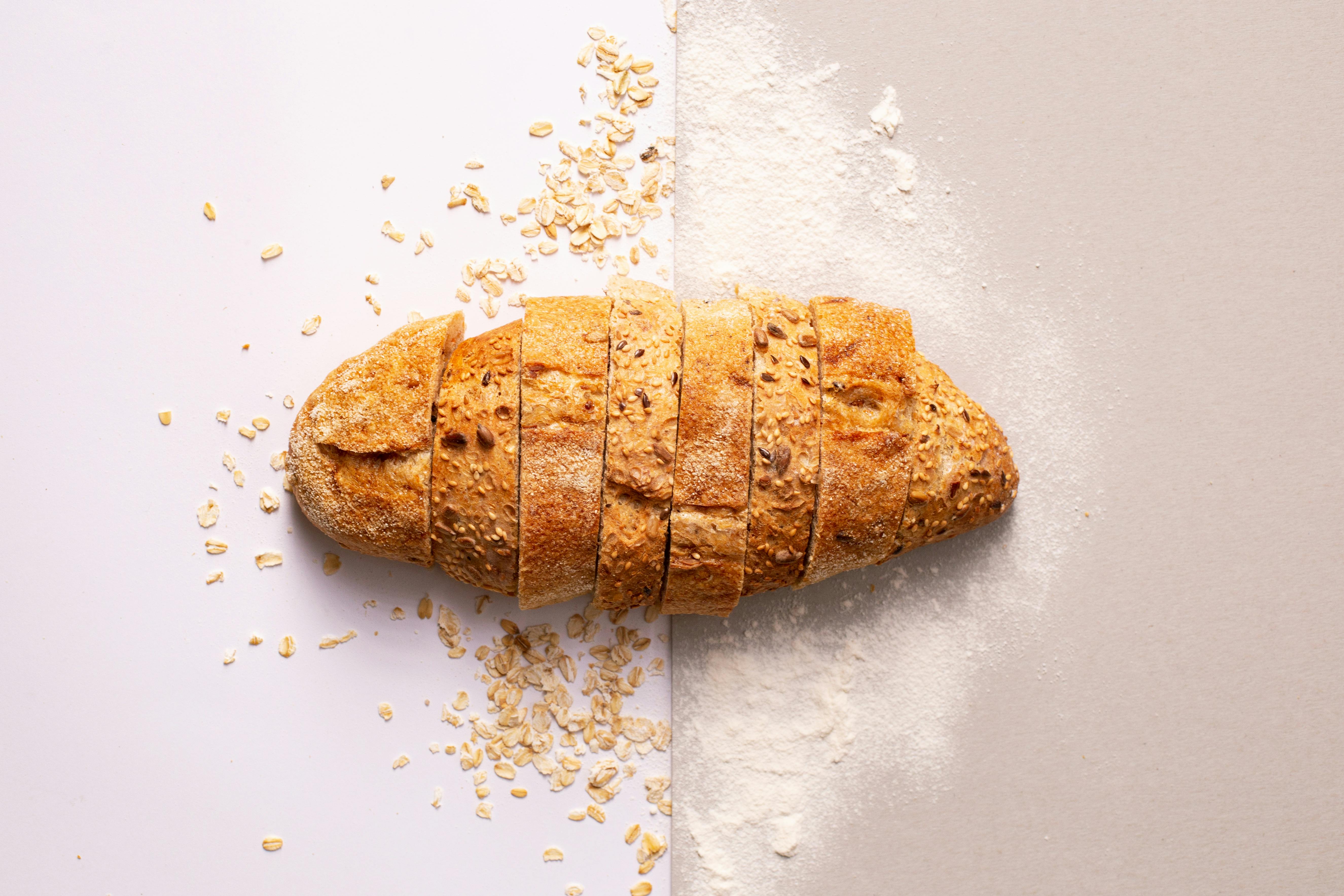Unraveling the Mysteries of the Artisanal Bread Revolution
With the rise of foodies, home chefs, and craft cuisine, a new trend has emerged: artisanal bread. This culinary staple has transformed from a simple side dish to a gourmet sensation. Let's delve into the world of artisanal bread, its unique techniques, and the innovative spins that make it a rising star in the culinary world.

A Fresh Take on an Age-Old Staple
Bread, one of the oldest and most universal foods, is experiencing a renaissance. The artisanal bread movement is taking this humble staple and elevating it to gourmet status. It’s not just about baking a loaf; it’s about creating a sensory experience. With a variety of textures, flavors, and aromas, every artisanal bread is a unique creation.
The Art of Making Artisanal Bread
Artisanal bread is all about slow processes and traditional techniques. It starts with the basics - flour, water, yeast, and salt. The magic happens during the fermentation process, often using a sourdough starter for a distinctive tangy flavor. Knead, proof, shape, and bake - each step is a crucial part of the artisanal bread-making process.
Tasting the Difference
The taste of artisanal bread is leagues apart from the average store-bought loaf. The crust is usually thicker and has a satisfying crunch. The inside, or crumb, is soft, chewy, and loaded with complex flavors. It’s not just about the taste, but also the texture and aroma that make artisanal bread a gastronomic delight.
The Rising Trends in Artisanal Bread
In the ever-evolving culinary world, artisanal bread is no stranger to innovation. From ancient grains and heritage wheat varieties to unconventional flavor combinations, bakers are pushing the boundaries of traditional bread-making. One emerging trend is ‘naturally leavened’ bread, which uses wild yeast for fermentation, adding a unique depth of flavor.
The Bread of Tomorrow
The future of artisanal bread looks promising. With a growing appreciation for craft foods and sustainable practices, more people are embracing the slow, mindful process of artisanal bread-making. It’s not just about creating delicious bread, but also about celebrating tradition, community, and the simple joy of breaking bread together.
Fast Facts About Artisanal Bread
- Artisanal bread uses high-quality, often locally sourced ingredients.
- It follows a slow fermentation process, which enhances the flavor and texture.
- Many artisanal bakers use a sourdough starter, a mixture of flour and water that ferments over time.
- Artisanal bread often features a variety of grains and seeds, adding to its nutritional value.
- Each loaf of artisanal bread is unique, showcasing the baker’s skill and creativity.
In conclusion, the world of artisanal bread is more than just a culinary trend. It’s a reflection of our desire for quality, authenticity, and a return to traditional food practices. With every loaf, we’re not just tasting bread; we’re experiencing a piece of culinary art. So, next time you have a slice, take a moment to savor the flavor, texture, and craftsmanship that went into it. After all, artisanal bread is more than food; it’s a culinary experience.




